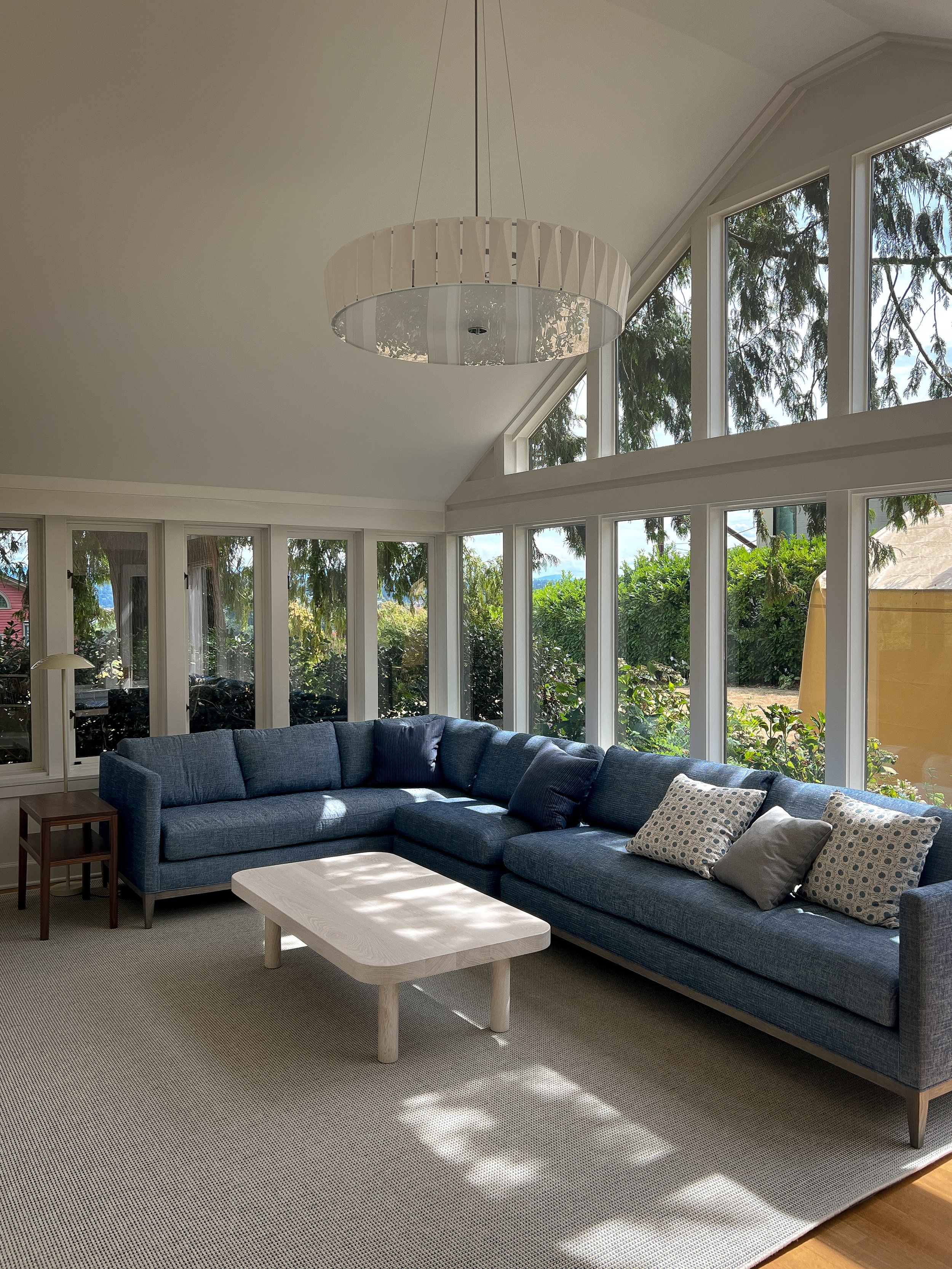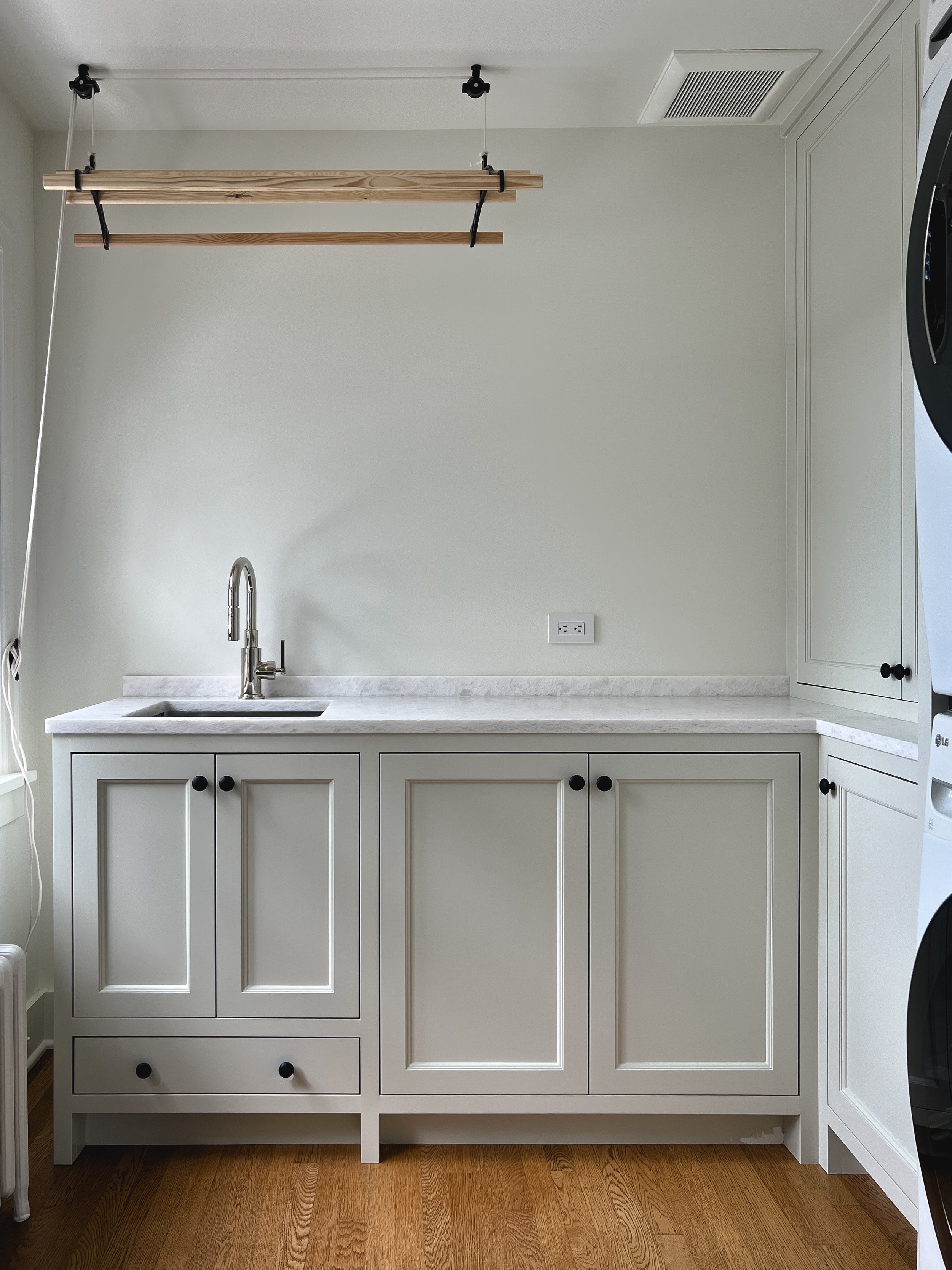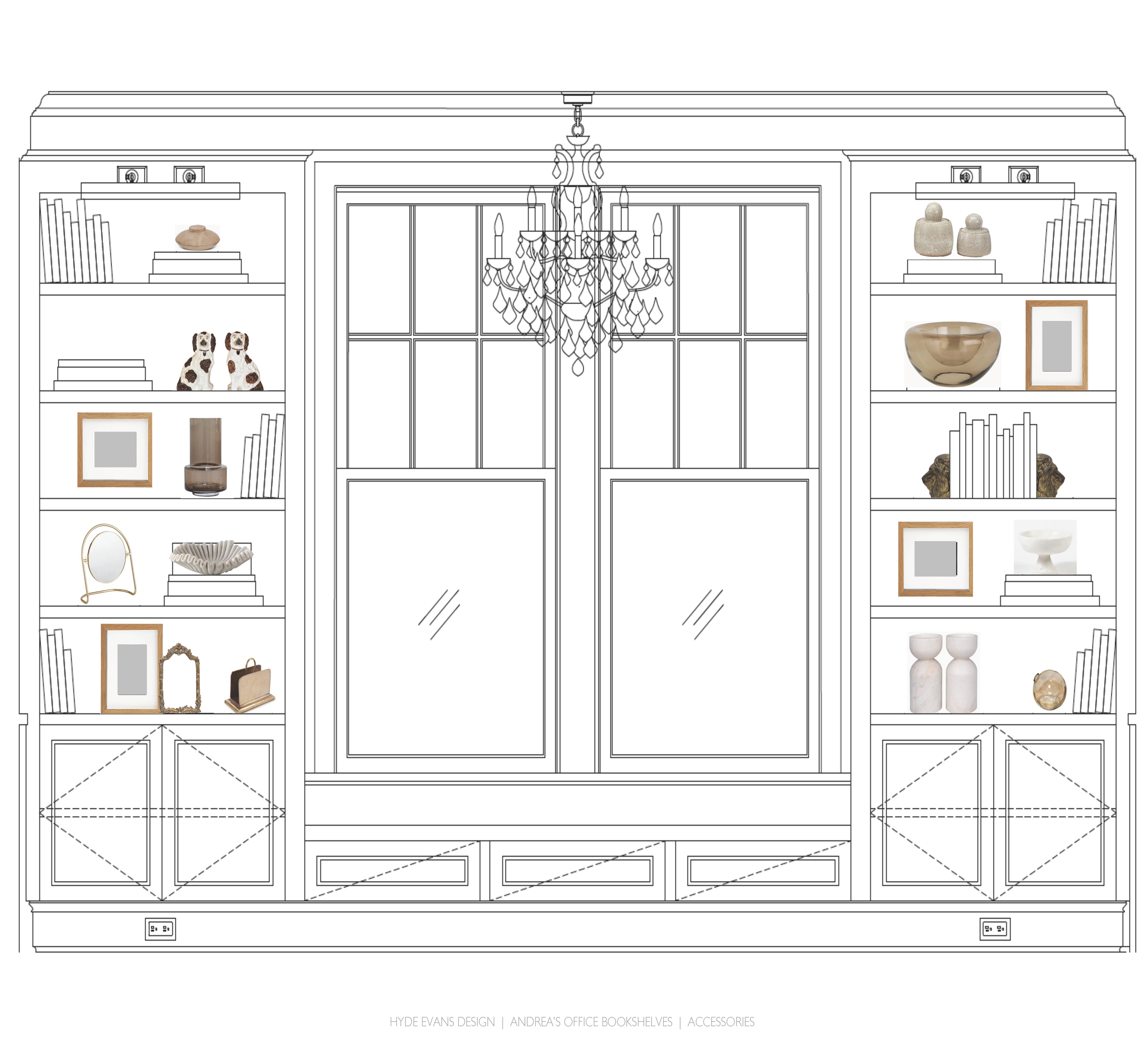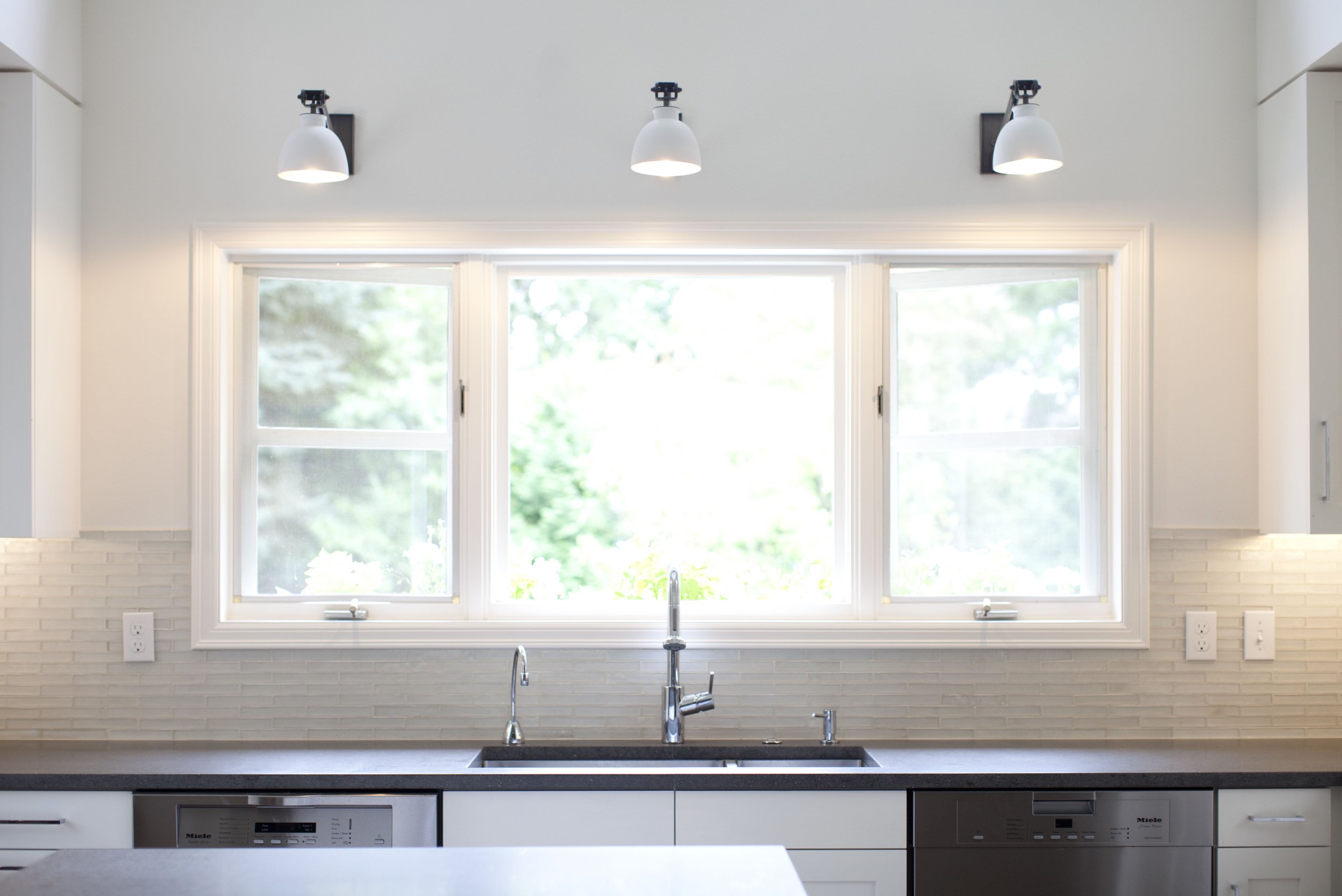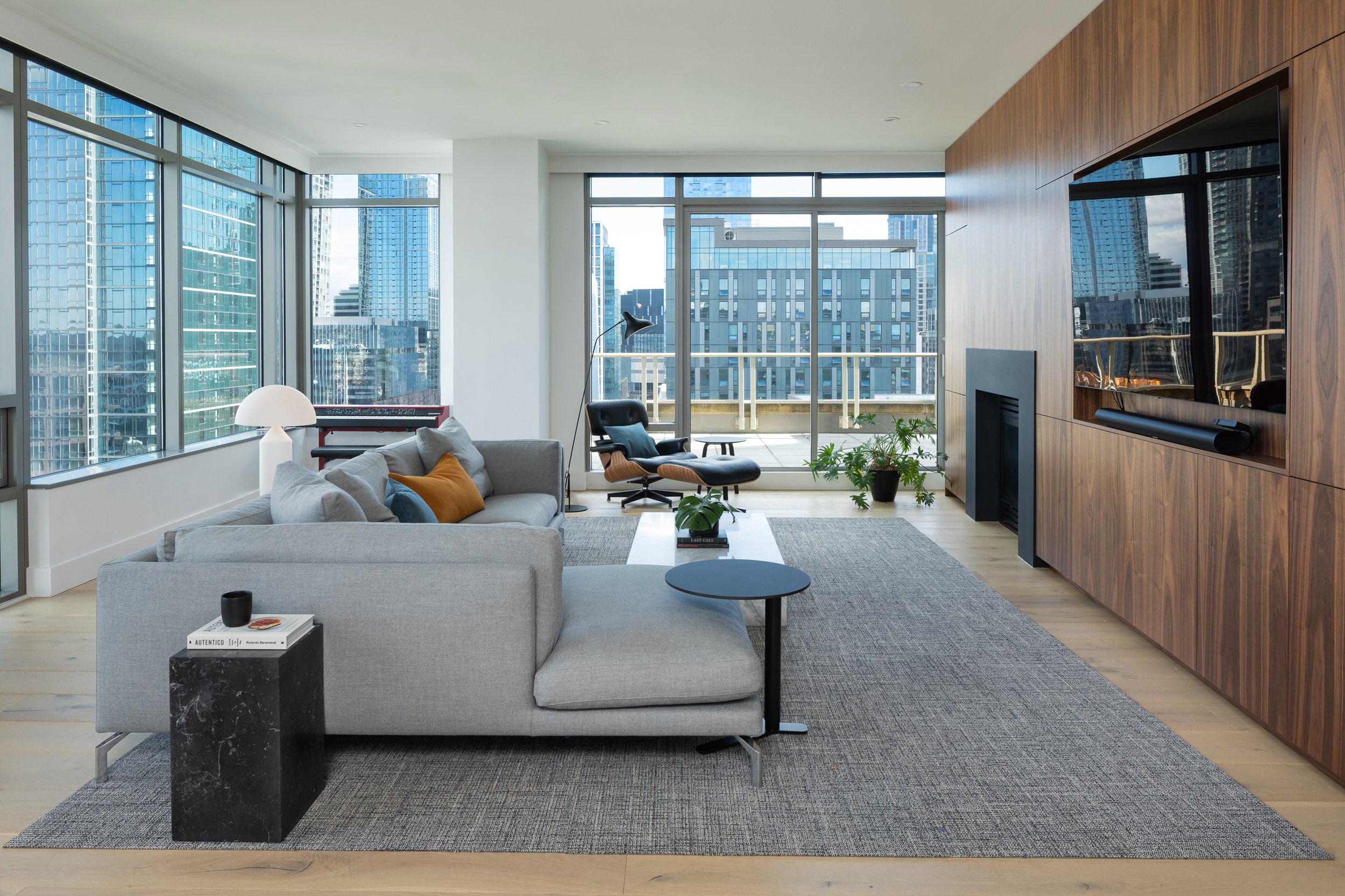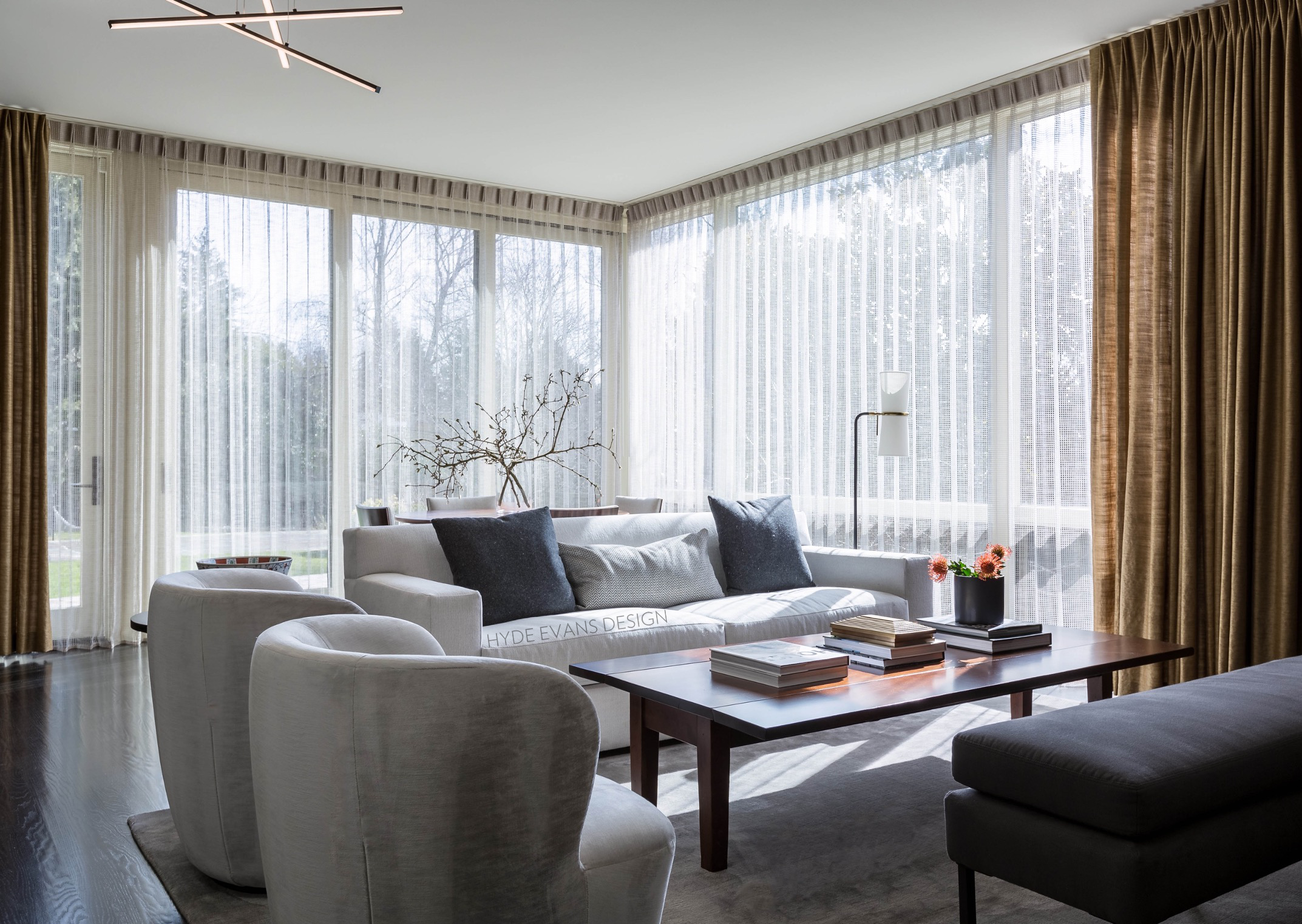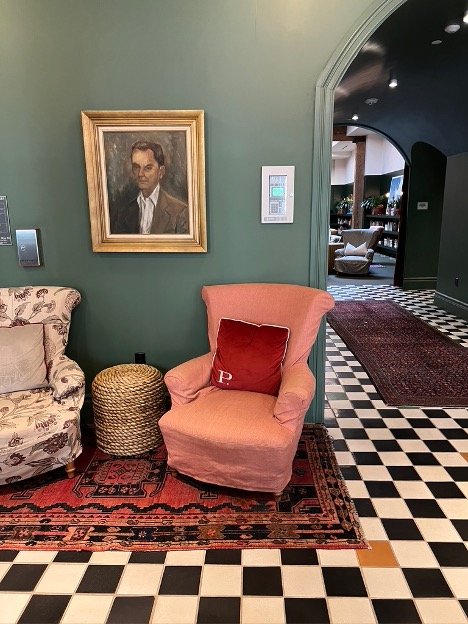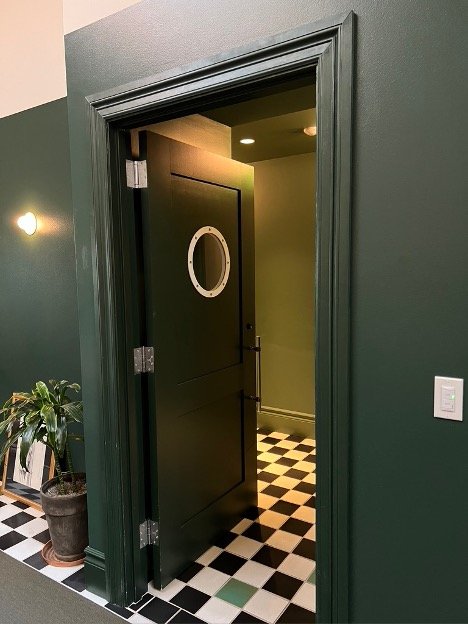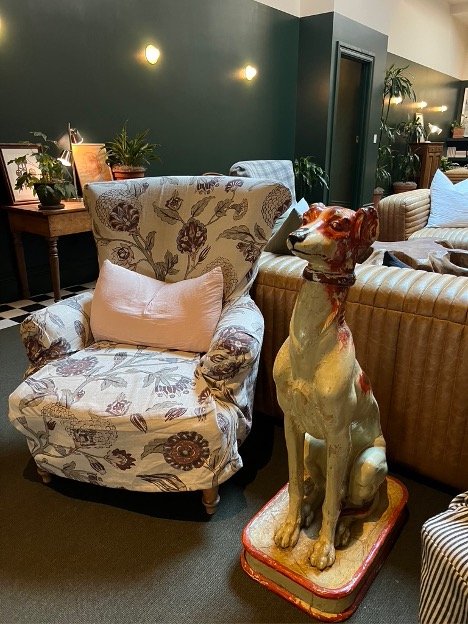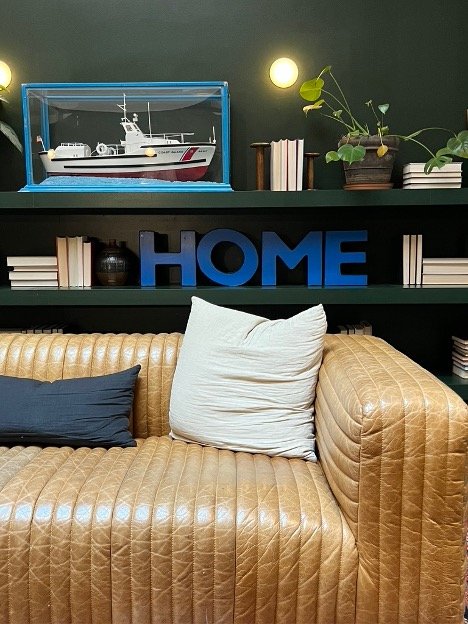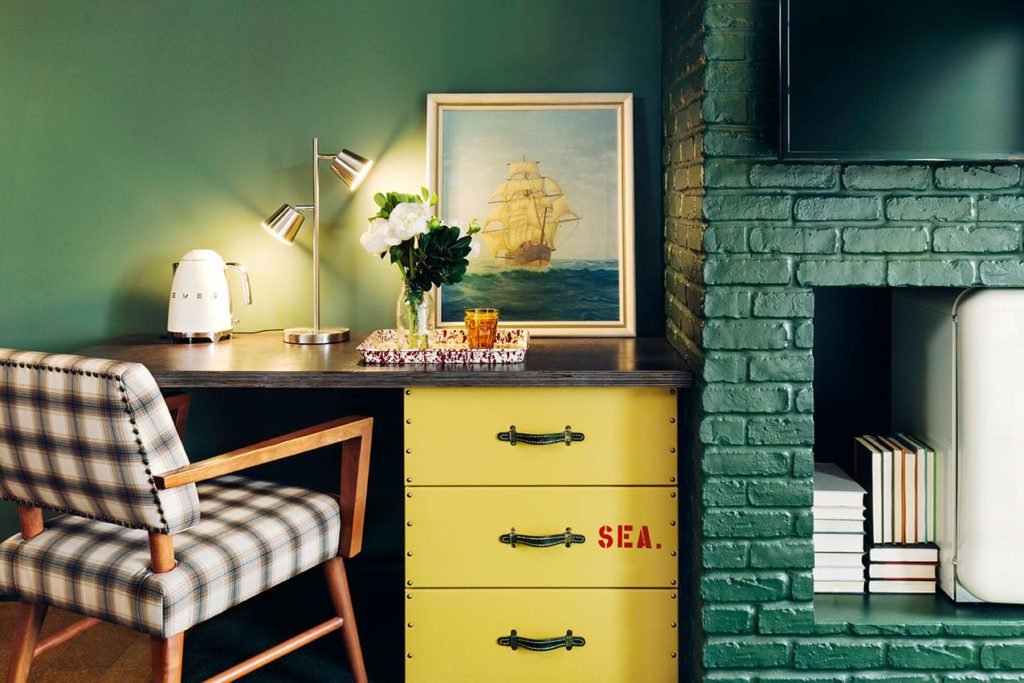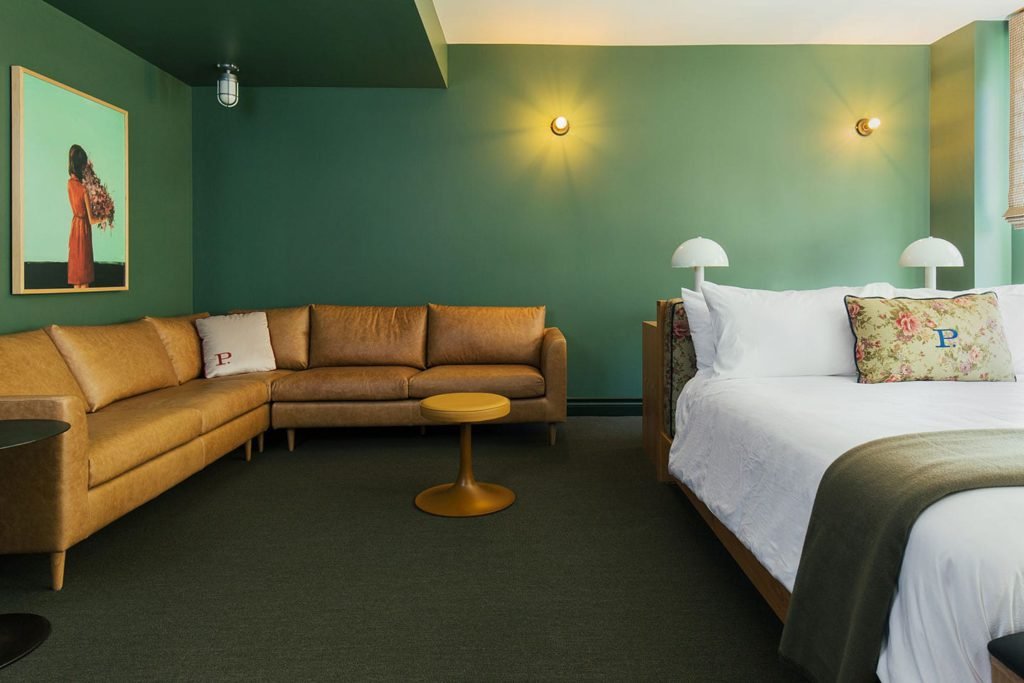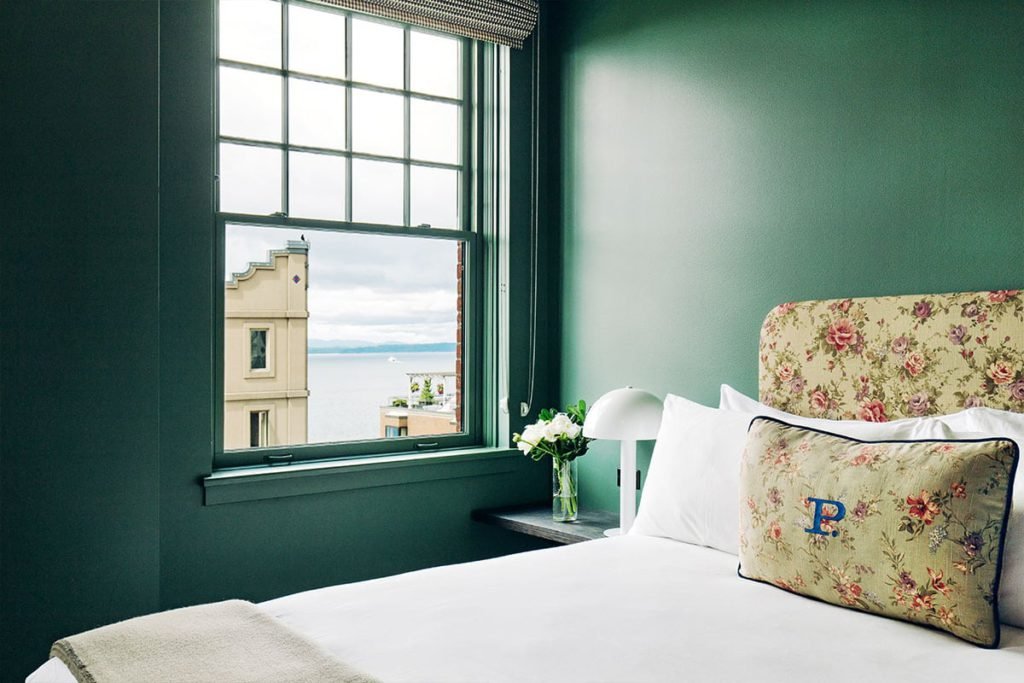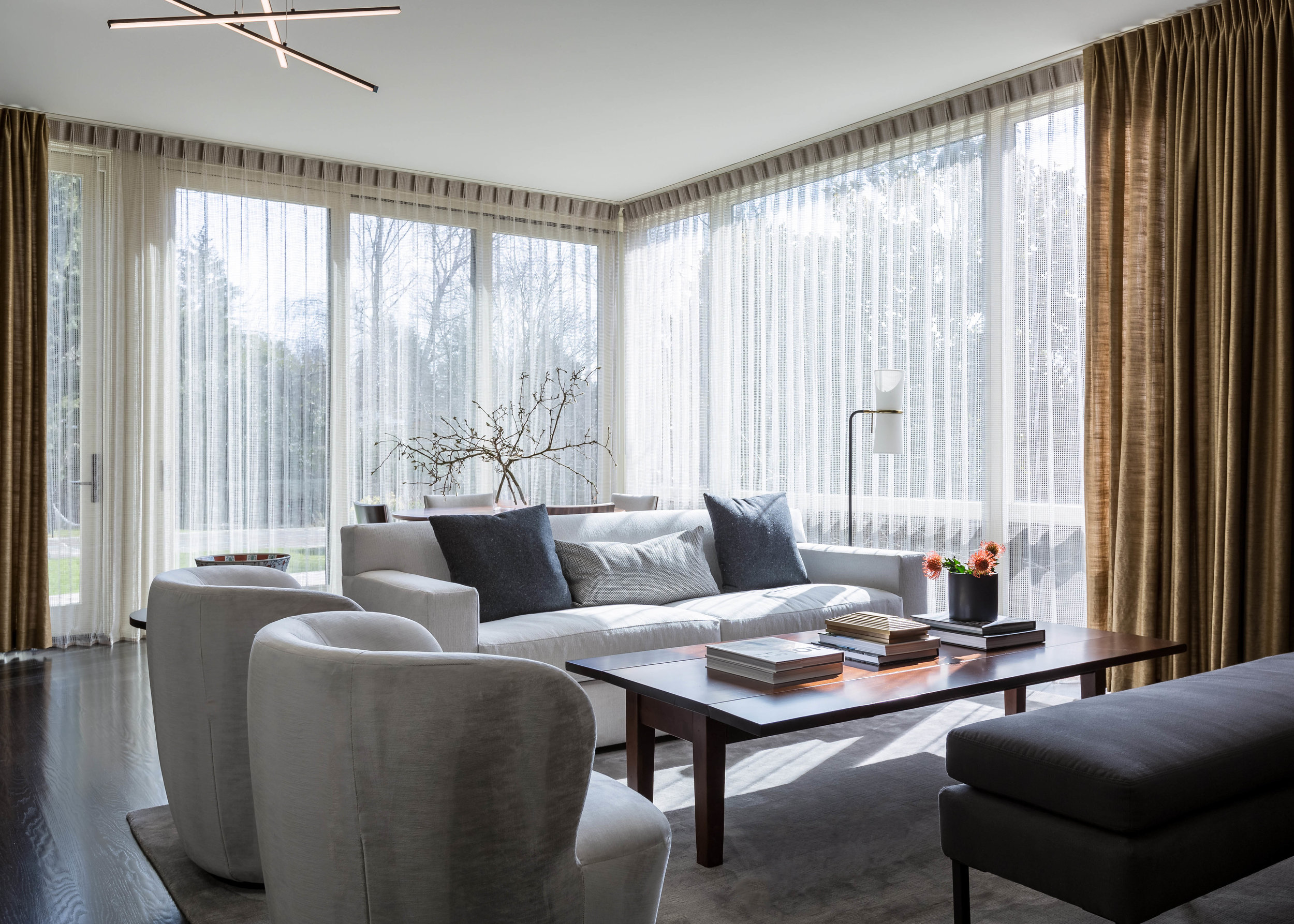Remodeling is at an all time high. With daily inquiries to handle kitchen, bath and other remodels, we now have 30 years of experience doing remodels and new construction. This qualifies us to do remodels not only well, but also cost effectively. We would like to pass along some tips.
One thing that will drive up the price of a remodel the fastest is something that professionals call "scope creep". That means adding additional items to the job as you go along. Planning ahead and really knowing what you want at the beginning of the job will save money. Adding an area later in the job is far more costly. For example, bringing in someone to dry wall twice. Preplanning is very important. Make all your decisions up front. Changing your mind or delaying a job because you can't make up your mind can be costly.
Get good help. The right professionals can make all the difference. You may pay a little more for their time, but they will save you from expensive mistakes. Make sure you have checked your builder’s references and reputation. If you are moving exterior or support walls, work with a reputable architect or hire an interior designer who does interior architecture and has plenty of experience.
Our clients are almost always surprised at the overwhelming amount of decisions that must be made. A professional designer knows what decisions need to be made up front and can help you make all the selections before you start. They will work with your builder to make sure they have what they need before they need it, so the job goes quickly and smoothly, which means more money stays in your pocket. Most importantly, you will avoid ripping out and replacing something because it is not done attractively well the first time. You can imagine what that does to your bottom line.
As I said, remodeling and new construction is at an all time high. Getting the best help may mean you are waiting in line. I promise you, it is well worth the wait.



















